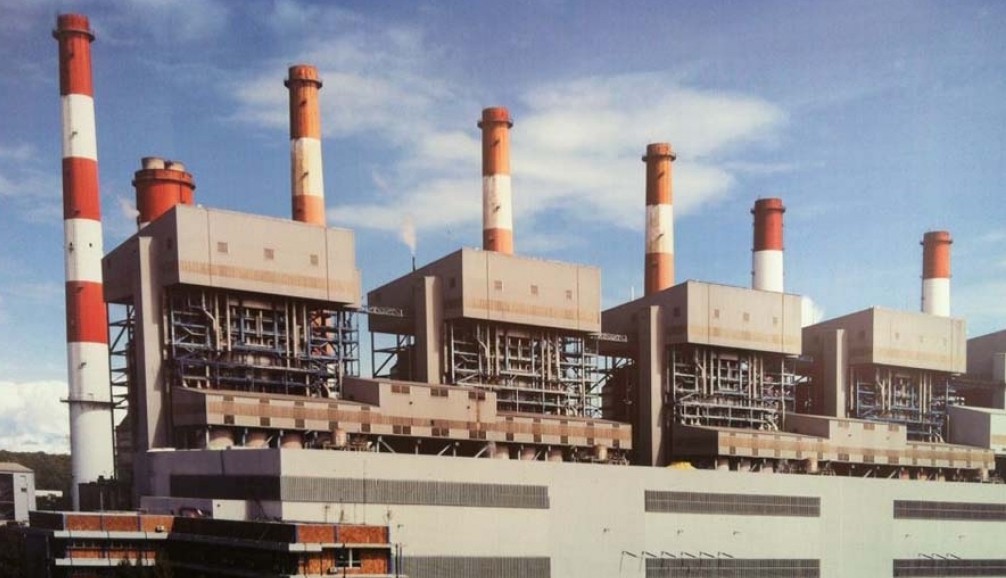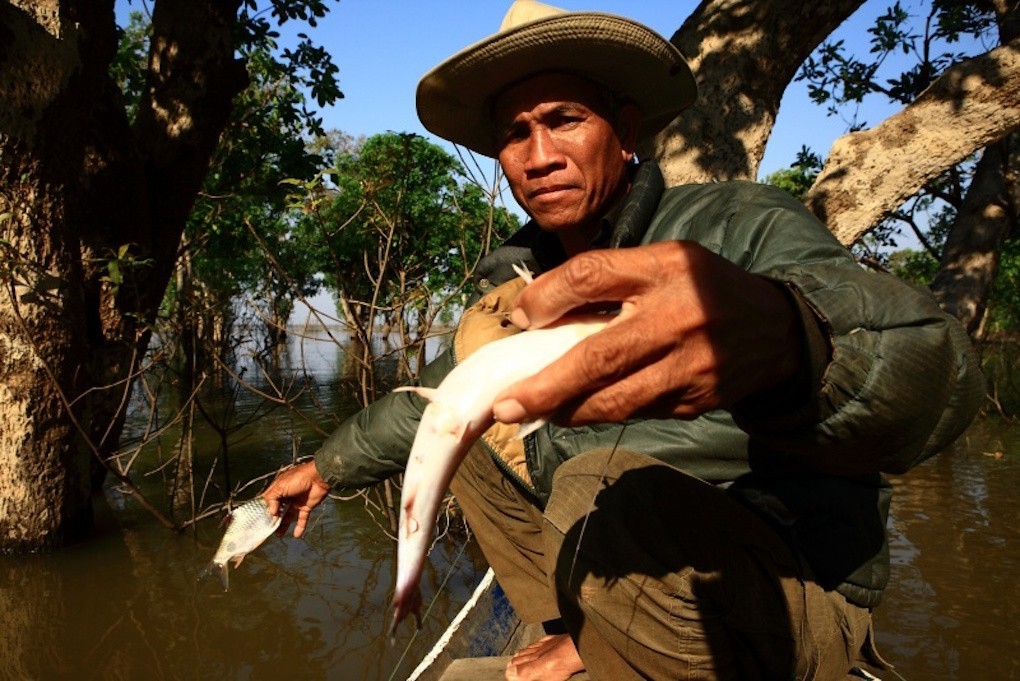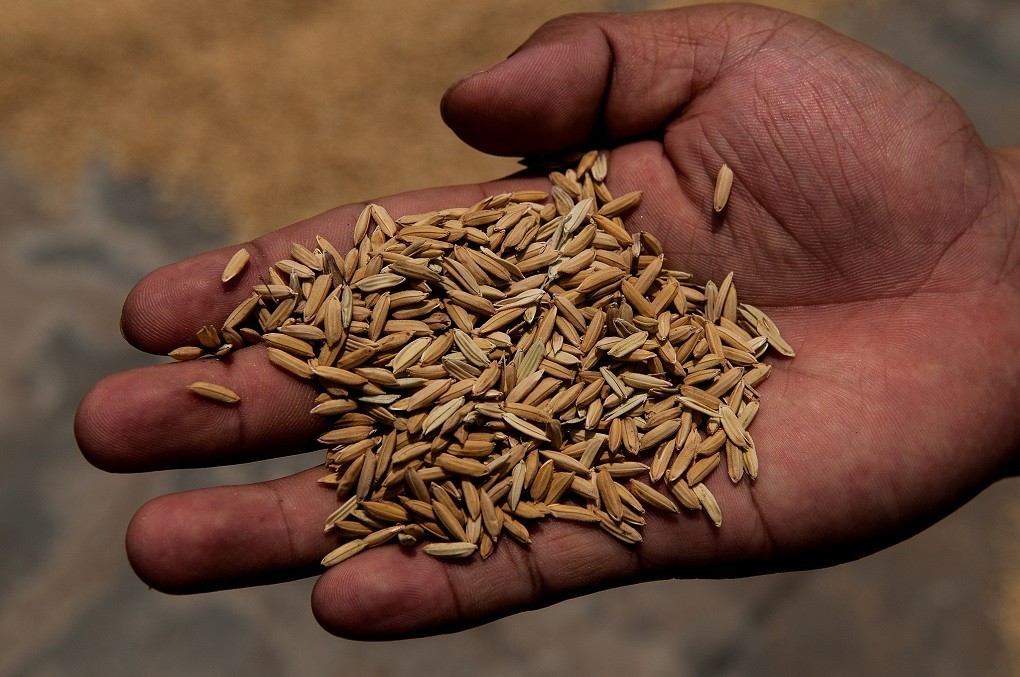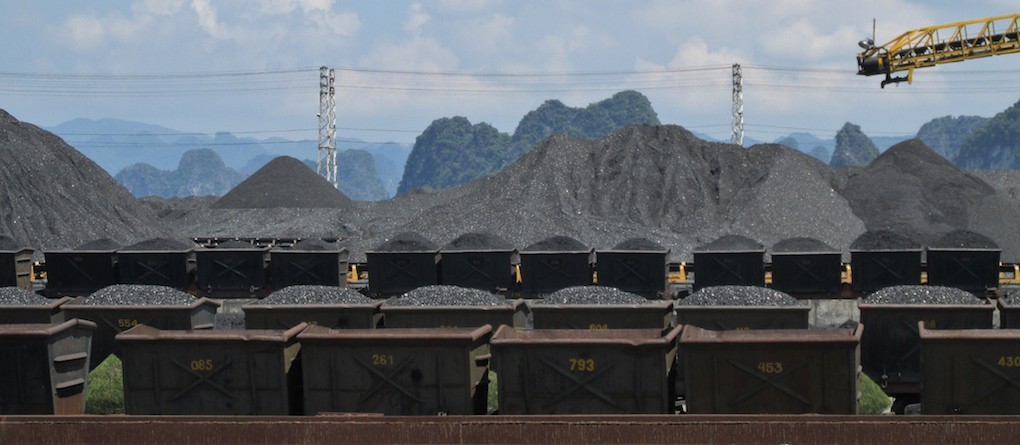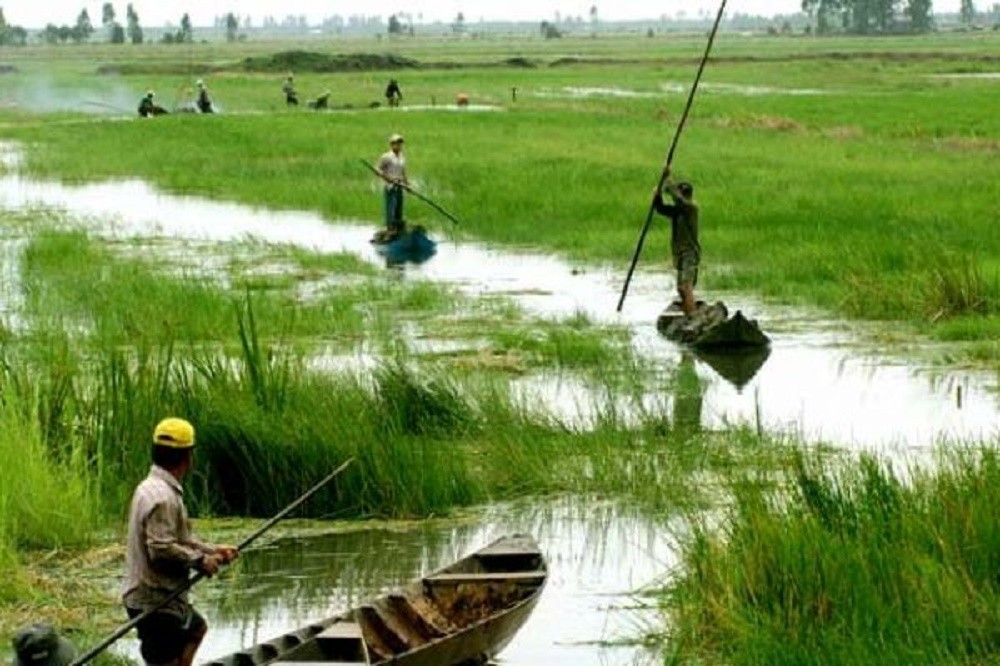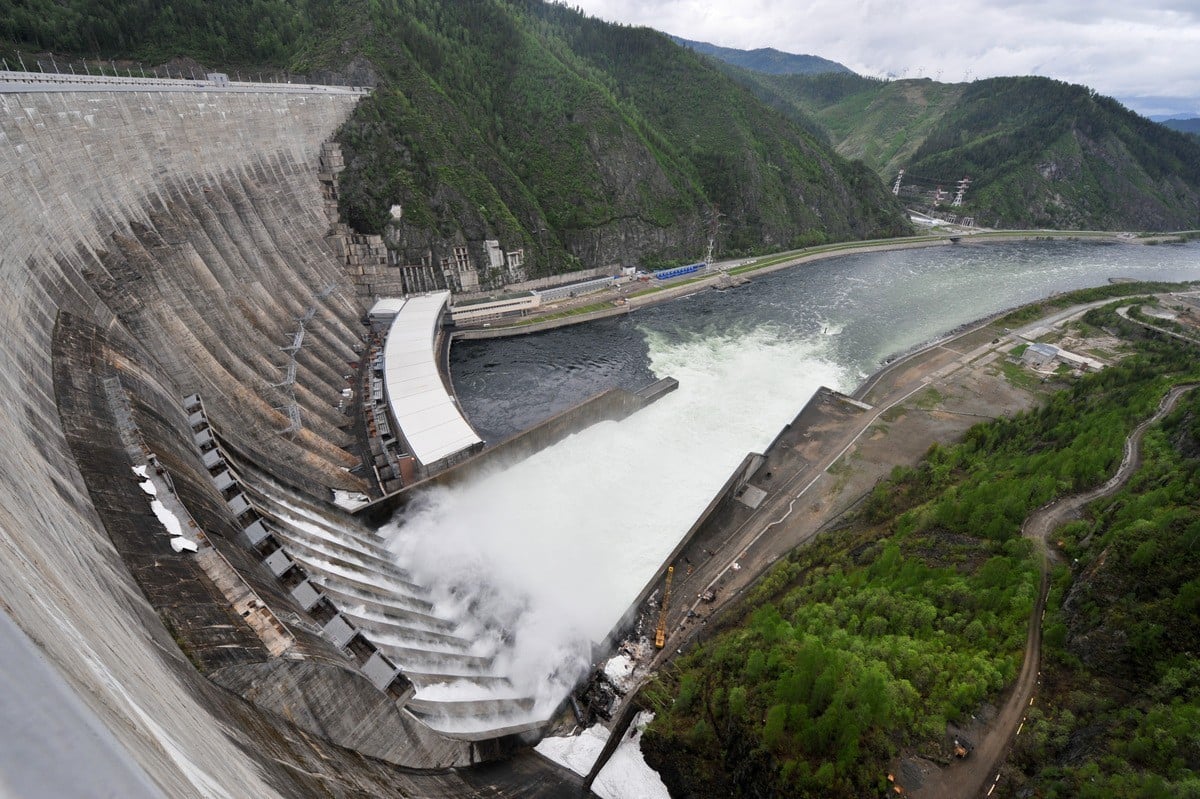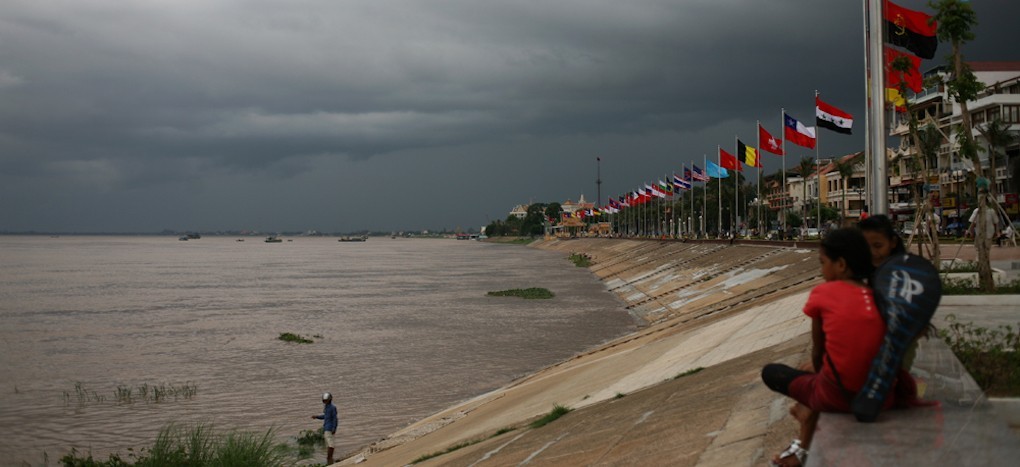Experts from ministries and the World Bank discussed the contents of a project on building a databse serving climate change adaptation in the Mekong Delta region at a workshop in Hanoi on October 5.
Tag: climate
Time is running out for an international moratorium on new fossil-fuel power plants. Myanmar needs to take notice.
A global moratorium commencing in 2017 on new fossil-fuel power plants without carbon-capture technology is an option. It would have to be accompanied by grants and cheap international loans to help countries that cancel fossil-fuel power plants to rapidly develop energy efficiency, solar and wind.
Research: Impacts of Dams and Global Warming on Fish Biodiversity in the Indo-Burma Hotspot
Both hydropower dams and global warming pose threats to freshwater fish diversity. While the extent of global warming may be reduced by a shift towards energy generation by large dams in order to reduce fossil-fuel use, such dams profoundly modify riverine habitats. Furthermore, the threats posed by dams and global warming will interact: for example, dams constrain range adjustments by fishes that might compensate for warming temperatures. Evaluation of their combined or synergistic effects is thus essential for adequate assessment of the consequences of planned water-resource developments.
US experts propose measures to address drought in Mekong Delta
Attending the event were Richard Cronin, Director of the Southeast Asia Program at the Stimson Center; Aaron Salzberg, Special Coordinator for Water Resources at the Bureau of Oceans, Environment, and Science Affairs at the Department of State; Todd Johnson, Forestry and Climate Change Advisor for USAID Asia’s Office of Technical Services; and Brian Eyler, Deputy Director of the Southeast Asia Program at the Stimson Center.
Panelists pointed out the main reasons for the most serious drought and saline intrusion in the past 100 years in the Mekong Delta.
A Thirsty Mekong Delta
Located at the end of the Mekong River basin, the Mekong Delta in Vietnam is currently experiencing the most severe drought and salinity intrusion in 100 years.
According to experts, the principal reason is development activities in GMS countries related to the use of the Mekong River’s water resources, including the operation and construction of mega-dams along the river as well as water diversion for agricultural purposes.
Scientists recommend fewer coal power plants
Vietnam Scientists are concerned that coal power plants would still provide 50 percent of the nation’s total electricity output in the future.
Southeast Asia’s Rivers Run Dry
The dry months before the monsoon rains arrive are often tough for Cambodian fishermen and farmers. But with rivers drying up and drinking water running out, conditions have rarely been as bad as they are now.
The current drought is linked to El Niño, which has been disrupting weather patterns around the world. But the harsh conditions today might only be foreshadowing far worse to come, climate scientists say. Climate change is expected to continue to affect the Mekong Basin region, while future droughts are expected to be exacerbated by a string of major hydropower dam projects.
Experts fear that the present crisis could become the new normal for Cambodia and its neighbors, which have also been hit hard by record temperatures and a long period of extremely dry weather.
The four challenges threatening the Mekong Delta
Located at the end of the Mekong River, the Mekong Delta of Vietnam was formed about 6,000 years from sediments of the river flowing into the sea plus the process of sea regression.
After the country’s unification in 1975, Vietnam embarked on the planning and exploitation of the delta. The country has successfully solved the alkaline, acidic and salty problems to develop agriculture, particularly rice cultivation in this region. In 1986, the total rice output of the Mekong Delta was around 7 million tones and currently i25 million tonnes, accounting for 90% of Vietnam’s total rice expert turnover.
Are mega dams a solution or burden to climate change?
As the world rushes into implementing the commitments enshrined in the historic climate deal in Paris in December, the use of large dams to mitigate climate change is becoming more popular across Asia and the world. But for many environmental and social advocates, this source of water and power remains a questionable solution that may even exacerbate our already fragile river resources. Eco-Business takes a look into the debate surrounding mega dams.
Mekong Dams Not Cause of Drought
Prime Minister Hun Sen on Monday disputed the idea that water shortages along the Mekong River have been exacerbated by two massive hydropower dams being developed by Laos, saying the drought currently afflicting much of mainland Southeast Asia was caused only by “the sky.”


